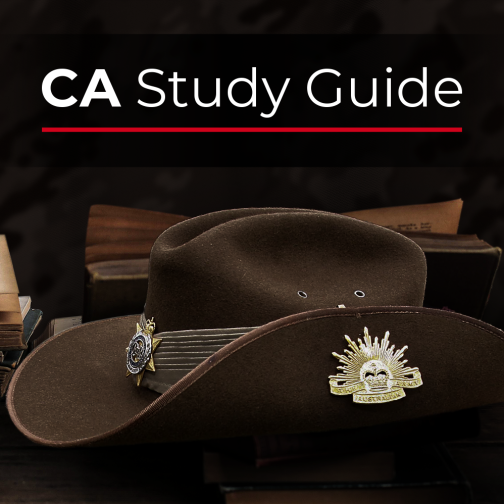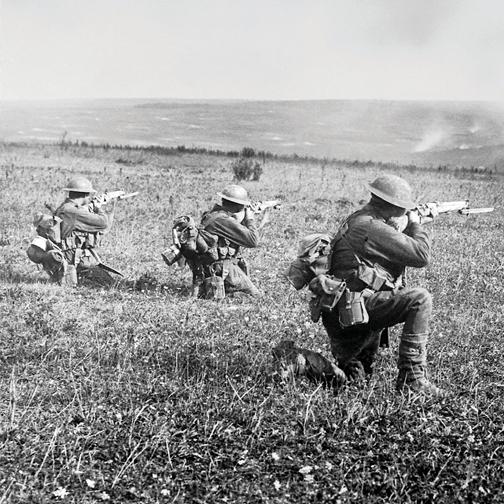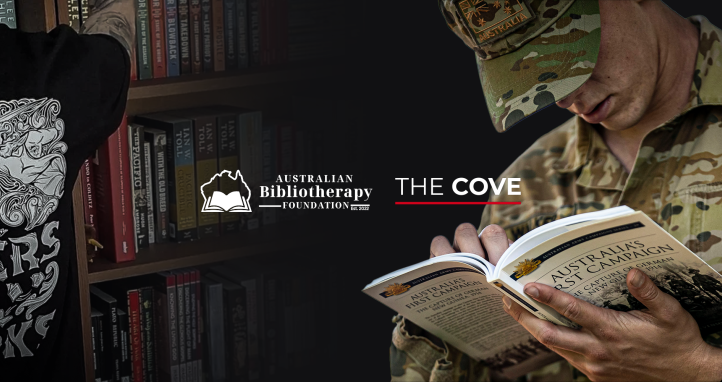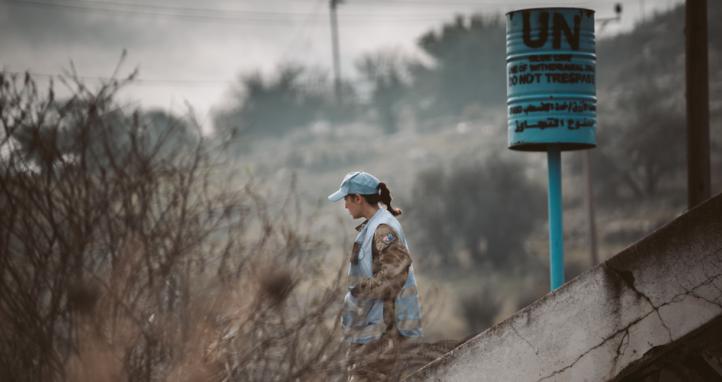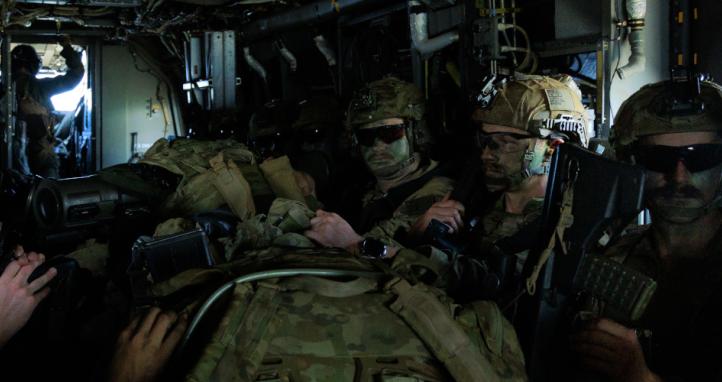Lieutenant Lawrence Dominic 'Fats' McCarthy VC (1892 - 1975, 83yo)
 Dominic Mary McCarthy was born on 21 January 1892 in York, Western Australia. Orphaned at a young age, he was raised at the Clontarf Orphanage and later worked as a contractor. He enlisted in the Australian Imperial Force on 16 October 1914.
Dominic Mary McCarthy was born on 21 January 1892 in York, Western Australia. Orphaned at a young age, he was raised at the Clontarf Orphanage and later worked as a contractor. He enlisted in the Australian Imperial Force on 16 October 1914.
Assigned to the 16th Battalion as a Private, McCarthy landed at Gallipoli on 26 April 1915. His leadership potential was quickly recognised: he was promoted to Lance Corporal in May, Corporal in July, and Sergeant by September 1915. After the evacuation from Gallipoli in December, the battalion was redeployed to the Western Front.
In France, McCarthy participated in the fierce battles around Pozières and Mouquet Farm in mid-1916. Promoted to Company Sergeant Major in March 1917, he was commissioned as a Second Lieutenant on 10 April. Wounded the following day at Bullecourt, he was evacuated to England and later rejoined his unit in July. Promoted to Lieutenant in November 1917, he received the French Croix de Guerre shortly after for actions near Beaumetz.
Following a posting to a training unit in England, McCarthy returned to the 16th Battalion in time for the Allied offensive in August 1918. On 23 August, near Madam Wood east of Vermandovillers, he carried out what the official war historian described as "perhaps the most effective feat of individual fighting in the history of the A.I.F., next to Albert Jacka's at Pozières."
Commanding D Company, McCarthy saw that the battalion on his left was stalled by German machine-gun fire. With Sergeant F.J. Robbins accompanying him, McCarthy launched a solo assault on the enemy trench system, destroying three machine-gun posts. When Robbins was wounded, McCarthy continued alone, picking up enemy grenades as he moved through the trench. In a final assault, he shot two German officers and bombed another post into surrender. Forty German troops capitulated, with many reportedly congratulating him. In just twenty minutes, McCarthy killed twenty enemy soldiers, captured fifty, and secured 500 yards of enemy front line. For this act of outstanding bravery, he was awarded the Victoria Cross.
Evacuated to England in November 1918, McCarthy returned to Australia in December 1919 and was discharged in August 1920. He remained active in veterans' affairs and was present at the 1956 VC Centenary in London and the 1964 opening of VC Corner at the Australian War Memorial in Canberra. He passed away on 25 May 1975 at Heidelberg Repatriation Hospital, Melbourne, and was cremated with full military honours.
Sergeant Stanley Robert McDougall VC, MM (1889 - 1968, 79yo)
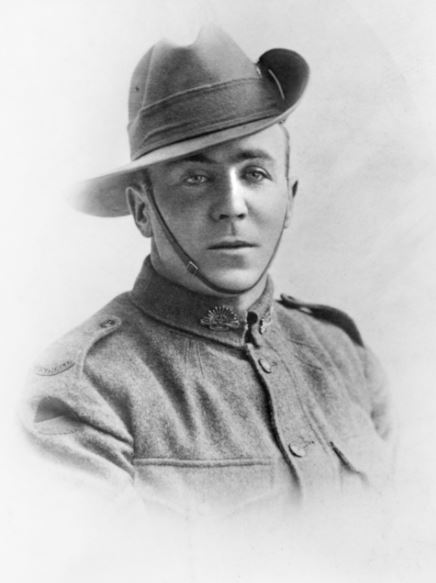 Stanley Robert McDougall was born on 23 July 1889 in Recherche, Tasmania. After completing his education, he worked as a blacksmith before enlisting in the Australian Imperial Force on 31 August 1915. He was assigned to the 12th Reinforcements for the 15th Battalion and later transferred to the 47th Battalion in March 1916.
Stanley Robert McDougall was born on 23 July 1889 in Recherche, Tasmania. After completing his education, he worked as a blacksmith before enlisting in the Australian Imperial Force on 31 August 1915. He was assigned to the 12th Reinforcements for the 15th Battalion and later transferred to the 47th Battalion in March 1916.
McDougall arrived in France with his unit in June 1916 and took part in several major engagements on the Western Front, including the battles of Pozières Heights, Messines, and Broodseinde. Rising through the ranks, he was appointed Lance Corporal in May 1917, promoted to Corporal in September, and became a temporary Sergeant in November before his rank was confirmed in January 1918.
His most renowned action occurred on 28 March 1918 at Dernancourt. While on watch at a forward post, McDougall heard German forces approaching. When a nearby Lewis-gun team was incapacitated by an enemy bomb, he seized the weapon and engaged two German machine-gun teams, killing their crews. He then turned a captured machine gun on the advancing enemy, halting part of their assault. As around fifty German soldiers breached a key railway position, McDougall turned his fire on them. When he ran out of ammunition, he charged with a bayonet, killing four enemies before reclaiming a Lewis gun and forcing the surrender of thirty-three others. For this extraordinary feat of courage and initiative, McDougall was awarded the Victoria Cross.
Just eight days later, during another heavy German attack in the same area, McDougall earned the Military Medal. He set up a gun at close quarters, inflicting severe casualties on the enemy. When the gun was damaged, he crawled 300 yards under fire to retrieve a replacement and assumed command of a leaderless platoon for the remainder of the fight.
McDougall was invested with the Victoria Cross by King George V in England before returning to Australia. He was discharged from the AIF on 15 December 1918. Stanley McDougall passed away on 7 July 1968 in Scottsdale, Tasmania. His uniform, the Lewis gun he used at Dernancourt, and his medals—including the Victoria Cross and Military Medal—are preserved in the Hall of Valour at the Australian War Memorial.
Last Reviewed 06/2025

